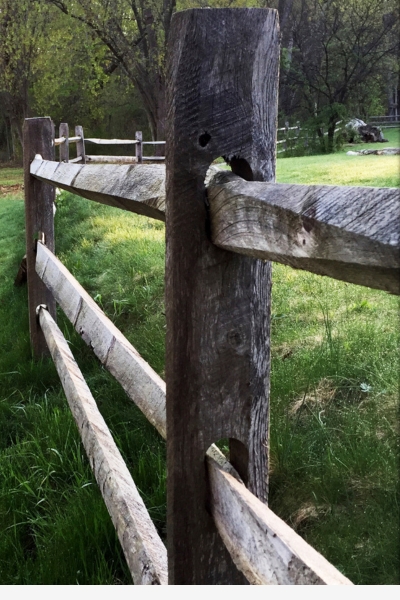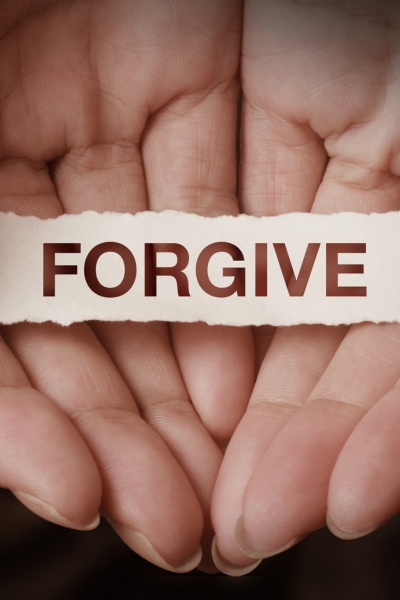Friendship is one of life’s most precious gifts. Imagine having a friend who always has your back, who you can confide in, and who gets you. Pure bliss, right?
But what if that friend starts to drain you instead of uplifting you? That’s when it’s time to recognize and handle toxic friendship patterns.
Toxic friendships are characterized by manipulation, verbal abuse, and emotional manipulation. It’s not always easy to spot these patterns, but over time, they can take a major toll on your self-esteem, mental health, and personal relationships.
Don’t worry; you’re not alone. With this post, you’ll learn how to recognize toxic friendship patterns and set healthy boundaries. These steps will free you from toxic relationships and build ones that support and uplift you.
Let’s start this journey together and never settle for less than a friendship filled with love, support, and trust.
Recognizing Toxic Friendship Patterns
Toxic friendship patterns can take many forms, but some of the most common include manipulation, verbal abuse, and emotional manipulation.
Manipulation

When a friend uses underhanded tactics to control or influence your thoughts, feelings, or actions, it is considered manipulation. This can include tactics such as guilt-tripping, gaslighting, and emotional blackmail.
Manipulation can be hard to recognize and even harder to break free from, as manipulators often make you feel like you’re the one in the wrong.
It’s important to be aware of these tactics and to set boundaries for yourself
One of the most insidious toxic friendship patterns is manipulation. This can take many forms, from convincing you to do things you don’t want to do to make you doubt your own judgment and decisions.
Manipulative friends may use guilt, fear, or even flattery to control you and get what they want. They may also use subtle tactics like withholding affection or information or playing the victim to gain your sympathy.
Recognizing manipulation can be difficult, but it is important to pay attention to your own feelings and intuition when assessing a friendship.
Verbal Abuse
Verbal abuse is a form of manipulation that involves using words to hurt, demean, or control you. It can take many forms, including name-calling, yelling, belittling, or constant criticism.
Verbal abuse can severely damage your self-esteem and leave you feeling worthless. It’s important to recognize verbal abuse and to set boundaries for yourself, including not accepting this type of behaviour from anyone.
This kind of abuse can be subtle, such as passive-aggressive comments or sarcasm, or overt and aggressive. Verbal abuse can erode your self-esteem and make you feel worthless.
If you find yourself constantly walking on eggshells around a friend or feel like your friend is constantly criticizing or belittling you, it may be time to re-evaluate the friendship.
Controlling Behaviour
A controlling friendship can be difficult to recognize, as it may start out as a friend wanting to help you.
But as time goes on, you begin to feel as though your friend is controlling you. This can manifest in a number of ways, such as a friend telling you what to do, how to dress, or even who to be friends with.
A controlling friend may also try to isolate you from other friends and family. If you feel like a friend is controlling you, it may be time to re-evaluate the friendship. Such kinds of behaviour can be very harmful to your self-esteem and can make you feel trapped and helpless.
Jealousy
Jealousy can be a toxic friendship pattern when a friend becomes angry or resentful when you spend time with others.
Jealous friends may be possessive and may try to control who you spend your time with. They may also be competitive and may try to one-up you in everything you do. This type of behaviour can make you feel trapped and can be harmful to your self-esteem.
Betrayal
Betrayal can take many forms in a friendship, from lying and deceit to gossiping and spreading rumours. A friend who betrays you may also be someone who is not trustworthy and may not have your best interests at heart.
If you find yourself feeling like you can’t trust a friend, re-evaluating such kinds of toxic friendships is key to.
Bullying

Bullying can take many forms in a friendship, from physical abuse to emotional abuse. A bullying friend may try to control you through fear and may use verbal or physical abuse to assert their dominance.
When you begin to develop feelings of fear towards a friend, or if you feel like you are being bullied, it may be time to re-evaluate the friendship.
Dealing With a Toxic Friend
Dealing with a toxic friend can be a challenging and emotionally taxing experience. However, there are ways to cope and manage the relationship while maintaining your own mental and emotional well-being.
1. Set Boundaries

When it comes to setting boundaries in toxic friendships, it’s important to understand that protecting yourself is not only necessary, it’s essential.
One way to do this is by putting clear boundaries in place with your toxic friend. This could mean setting limits on the time you spend together or limiting the amount of contact you have with them.
Learning how to communicate your needs effectively and assertively without being confrontational is also necessary.
One other thing to note is that it’s okay to say NO. This means not feeling guilty for not wanting to spend time with your toxic friend or not wanting to engage in certain behaviours or activities.
It also means learning to trust your instincts and not feeling pressured to do something that makes you uncomfortable.
You should move on to establish physical and emotional boundaries with a toxic friend. This could mean not allowing them to contact you at certain times of the day or not allowing them to visit you at your home or workplace.
2. Maintain Your Own Mental and Emotional Well-Being

One of the most important things you can do to maintain your own mental and emotional well-being is to take care of yourself physically. This includes getting enough sleep, eating well, and exercising regularly. These simple steps can help to boost your mood and reduce stress.
Another thing is to practice self-care. This can include activities such as meditation, yoga, journaling, or spending time in nature.
You can also seek out activities that bring you joy, such as listening to music or reading a book. Take time for yourself and do things that make you happy.
3. Support for Victims of Toxic Friendship
Surround yourself with positive, supportive friends and family members. Share your feelings and experiences with them, and let them know how they can support you.
You must recognize that you are not alone and that resources are available to help you. These resources include helplines, counselling and therapy, and support groups.
When seeking help and guidance, it is important to find a resource tailored to your specific needs.
4. Practice Forgiveness

Forgiveness is an essential part of moving on from a toxic friendship pattern and healing from the emotional pain it may have caused. It is not about excusing or forgetting the harm done but rather about releasing the grip that the past has on you and choosing to move on.
It can be difficult to let go of resentment and anger towards a person who has hurt you, but holding onto these negative feelings can prevent you from moving forward and finding peace.
One way to practice forgiveness is to reflect on the reasons why the other person may have acted in a hurtful way. They may have been dealing with their own pain or struggles, and their behaviour was a reflection of that.
One key takeaway, among others, is that forgiveness is a process, and it may take time. It is not something that happens overnight. So, be patient with yourself and give yourself the time and space to work through your feelings.
Remember, forgiving someone is not for the benefit of the person who hurt you; it’s for your own peace of mind and emotional well-being.
Ending a Toxic Friendship
After making all the above and the toxic patterns that do not abate in your friendship but continue unhindered, then it may be time to say bye-bye to that friendship.
Making the decision to end a toxic friendship can be difficult but remember that you deserve to be treated with respect and kindness.
It may be helpful to think about the negative impact the friendship has had on your mental and emotional well-being and weigh that against the positive aspects of the relationship.
Once you have decided to end the friendship, it is important to go about it in a respectful and assertive manner. Explain your reasons for ending the friendship in a calm and non-confrontational manner.
It is also important to be prepared for potential pushback or resistance from the toxic friend.
Ending a toxic friendship can be emotionally difficult, but it is important to take care of yourself during and after the end of the friendship.
Parting Words
Toxic friendship patterns can have a detrimental impact on our mental and emotional well-being. It is essential to remember that setting boundaries, communicating your needs, and maintaining your own well-being is crucial in dealing with toxic friendship patterns.
Take the necessary steps to make positive changes in your relationships, whether it’s ending a toxic friendship or building healthy connections.
You deserve to have healthy and supportive relationships in your life. Don’t hesitate to take the first step today.
I hope you enjoyed this post and that it helped you recognize toxic friendship patterns and how to effectively deal with them.
Don’t hesitate to share them with as many persons on your contact list as possible. Thank you.


